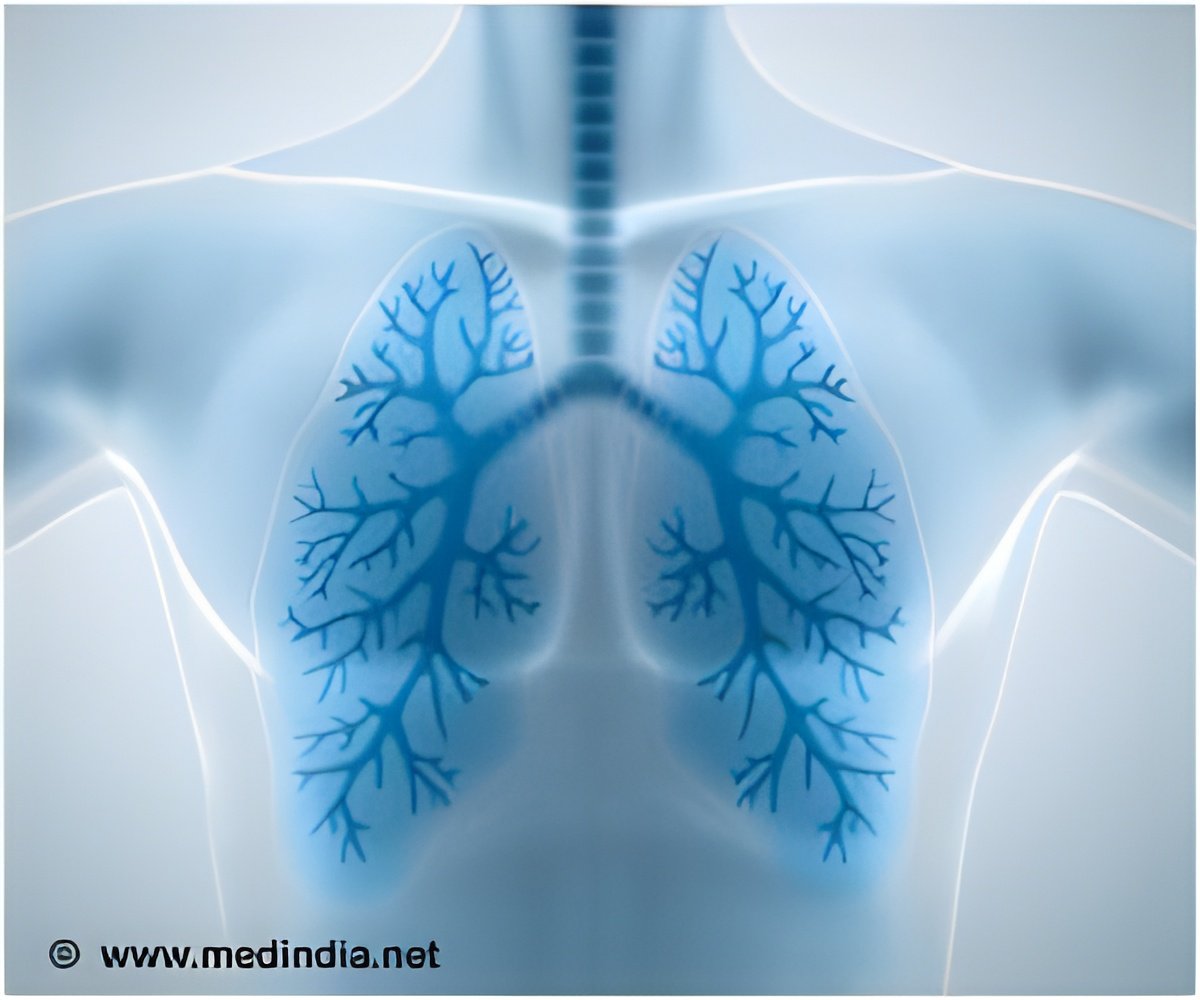
The study outlines the results (2008-2012) for a postoperative pneumonia prevention program for patients who were not on a mechanical ventilator in the hospital's surgical ward. The prevention program had several components, including ongoing education for surgical ward nursing staff on pneumonia prevention, coughing and deep-breathing exercises with incentive spirometer, twice daily oral hygiene with chlorhexidine, walking, sitting up to eat and elevated head-of-bed.
Between 2008 and 2012, there were 18 cases of postoperative pneumonia among 4,099 at-risk hospitalized patients for a case rate of 0.44 percent. That is a 43.6 percent decrease from the hospital's preintervention rate of 0.78 percent. Pneumonia rates in all years were lower than the preintervention rate (0.25 percent, 0.50 percent, 0.58 percent, 0.68 percent and 0.13 percent in 2008-2012, respectively).
"Despite the limitations listed earlier, our study supports the concept that successful and sustained reduction of pneumonia among postoperative patients requires multiple performance measures and unrelenting standardized quality improvement efforts."
In a related commentary, Catherine E. Lewis, M.D., of the University of California, Los Angeles, writes: "Although encouraging, these findings should be interpreted with caution. The preintervention rate of pneumonia was 0.78 percent in the Veterans Affairs Palo Alto Health Care System and 2.56 percent in the ACS-NSQIP [American College of Surgeons National Surgical Quality Improvement Program] - a difference of 328 percent that is already of statistical significance. This remarkably low rate of pneumonia calls into question the adequacy of detection and reporting of pneumonia on their ward and also makes their finding of a significant difference between their postintervention and ACS-NSQIP rate of somewhat less consequence."
"Although the number of ward cases decreased from 13 to 3, the number of nonventilator-associated pneumonia intensive care unit cases increased from 4 to 17, and therefore, the reported decrease could be due to redistribution in the location of patients," Lewis continues.
Advertisement
Advertisement











